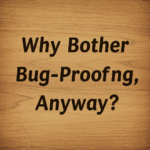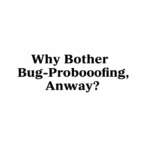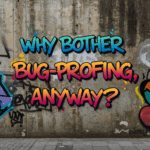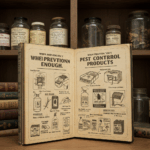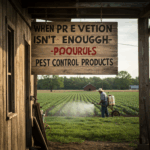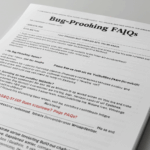The Best Way to Bug-Proof Your Home
Nobody wants uninvited guests, especially the six or eight-legged kind. Dealing with pests is just part of owning a home, sadly. But there’s good news! Being proactive can seriously cut down on infestations and keep your place feeling like your place.
Why Bother Bug-Proofing, Anyway?
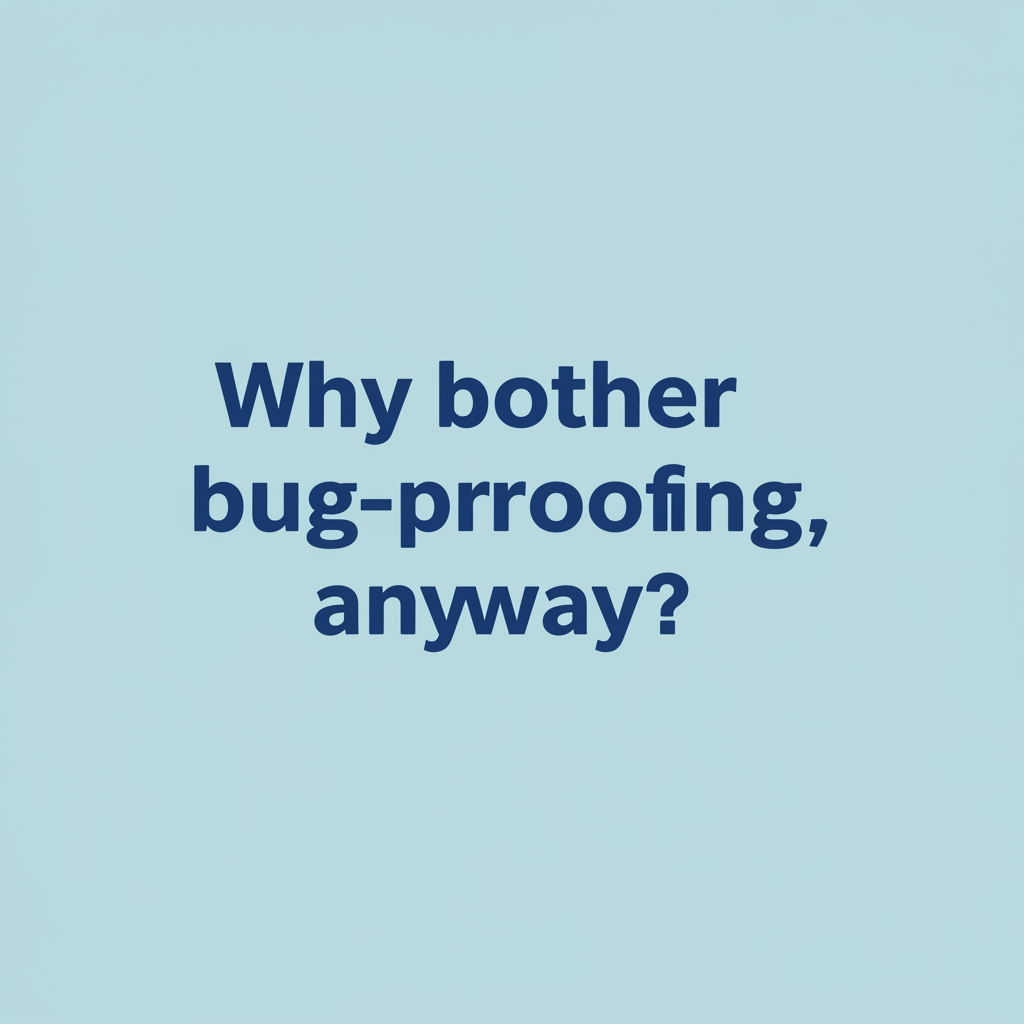
Beyond just being a gross-out factor, bugs can be dangerous. Some carry diseases, others destroy your property, and some just want to raid your pantry. Cockroaches, for instance, spread bacteria, and termites? They can eat your house down to the studs. So, pest control isn’t just about swatting flies; it’s about protecting your health and your investment.
What makes your home a bug magnet? Location, climate, the plants around your house, and how well you maintain the property all play a role. Figuring out what attracts pests to your place is the first step in taking back control.
Fortress Home: Essential Pest Prevention

Usually, the best approach is a mix of tactics: cleanliness, sealing up cracks, and, when necessary, using pest control products. Here’s what that looks like in practice:
Seal Every Little Gap
Seriously, bugs can squeeze through almost anything. Grab some caulk and weather stripping and go to town on your foundation, walls, windows, and doors. Pay extra attention to where pipes come into the house. Those spots are notorious entry points.
Cleanliness is Next to Bug-less-ness
Bugs are basically tiny freeloaders looking for a free meal. Wipe up spills instantly, store food in sealed containers, and take out the trash religiously. Don’t forget the hidden spots: under the fridge, behind the stove, under the couch. Crumbs accumulate, and bugs will find them.
Yard Maintenance Matters
Piles of leaves, stacks of firewood, overgrown shrubs… that’s basically a bug hotel right next to your house. Clear that stuff out! Mow the lawn regularly, and trim bushes and trees, so they aren’t touching the house. Deny them easy access!
Want to go down the rabbit hole? A Google Search will give you endless perspectives on pest control. You can spend hours reading up on this stuff if you really want to.
When Prevention Isn’t Enough: Pest Control Products
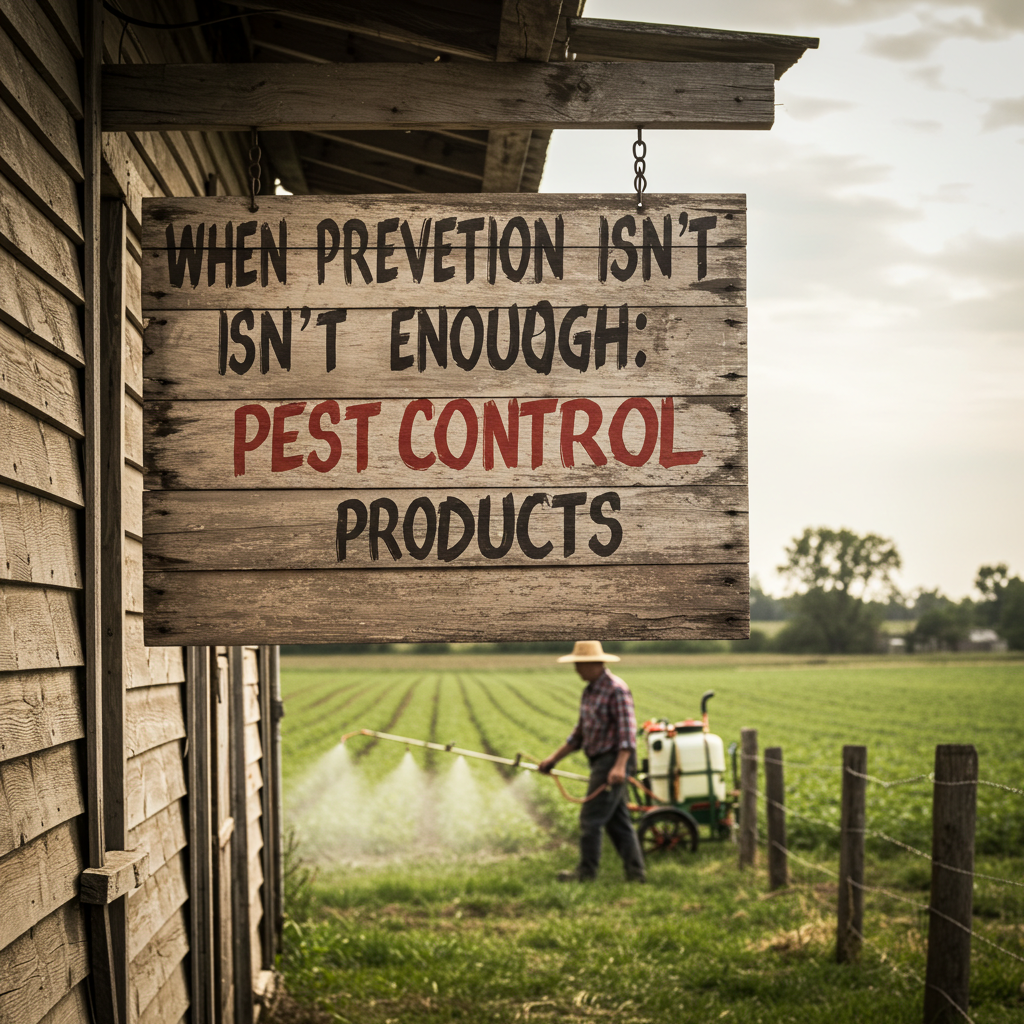
Sometimes, despite your best efforts, you still need to bring in the big guns. If that’s the case, choose products designed for the specific pests you’re battling, and always read the label. Seriously, follow the instructions to the letter.
Insect Repellents: Sprays, Foggers, and Baits
These can be effective for knocking down insect populations. If you’re concerned about chemicals, look into natural options with essential oils.
Calling in the Pros: Professional Pest Control
Got a full-blown infestation? It might be time to call the experts. They know how to track down the source of the problem and have access to solutions you can’t get at the hardware store. Plus, many offer maintenance plans to keep the bugs away for good.
Going Au Naturel: Natural Pest Control
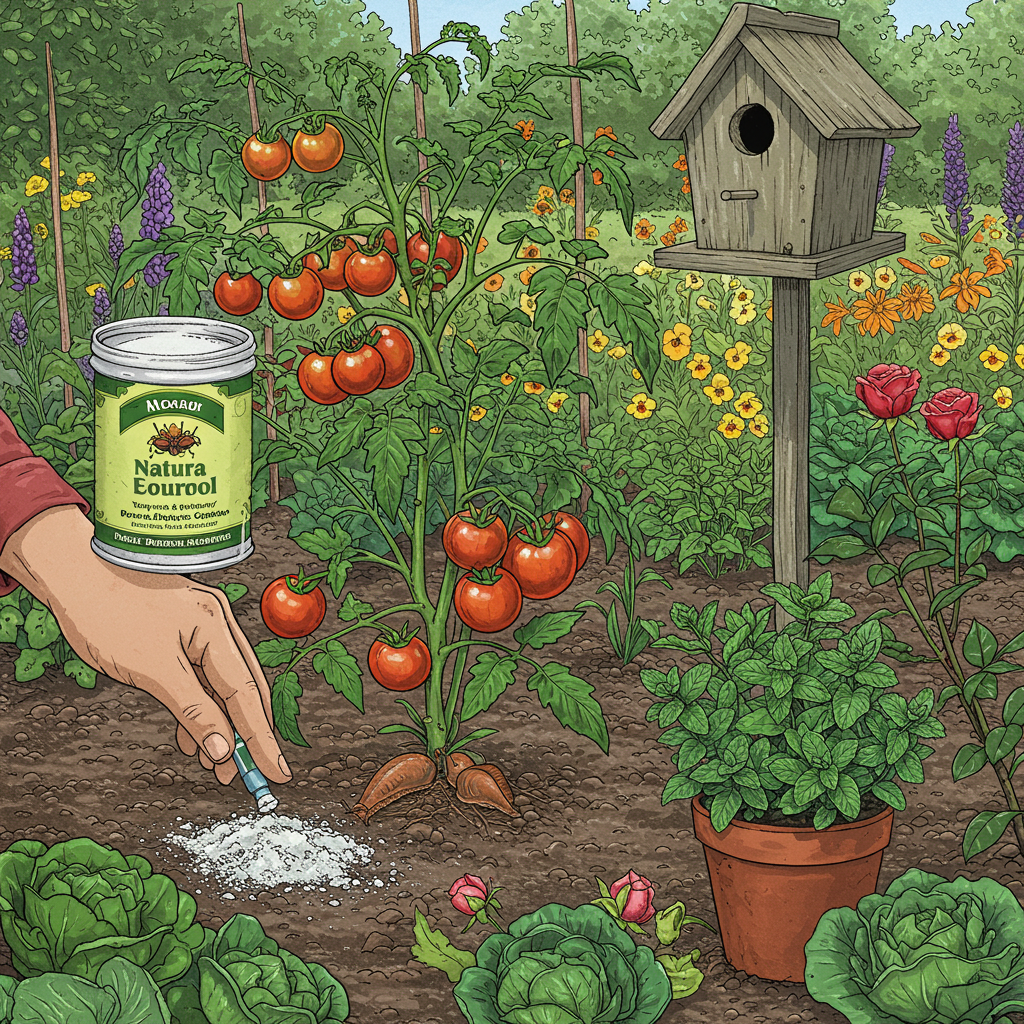
Lots of people prefer natural, non-toxic methods, especially if they have kids or pets. And honestly, who wants to spray a bunch of chemicals around if they don’t have to?
Essential Oils: Not Just for Aromatherapy
Peppermint, eucalyptus, tea tree oil… many essential oils repel insects. Mix them with water and spray around your house, especially in those likely entry points.
Diatomaceous Earth: Bug-Killing Dust
This stuff is basically fossilized algae. It’s harmless to humans and pets but deadly to insects. Sprinkle it around the perimeter of your house, in cracks, and wherever you see bugs. Just make sure you get the food-grade kind.
Beneficial Insects: Enlist Some Allies
Ladybugs and lacewings are like tiny, adorable mercenaries. They eat aphids, mites, and other garden pests. Unleash them in your yard and let them go to work! can provide more information regarding this topic. It can be helpful to read more about the different types of insects before introducing them into your garden.
Landscaping as Pest Control
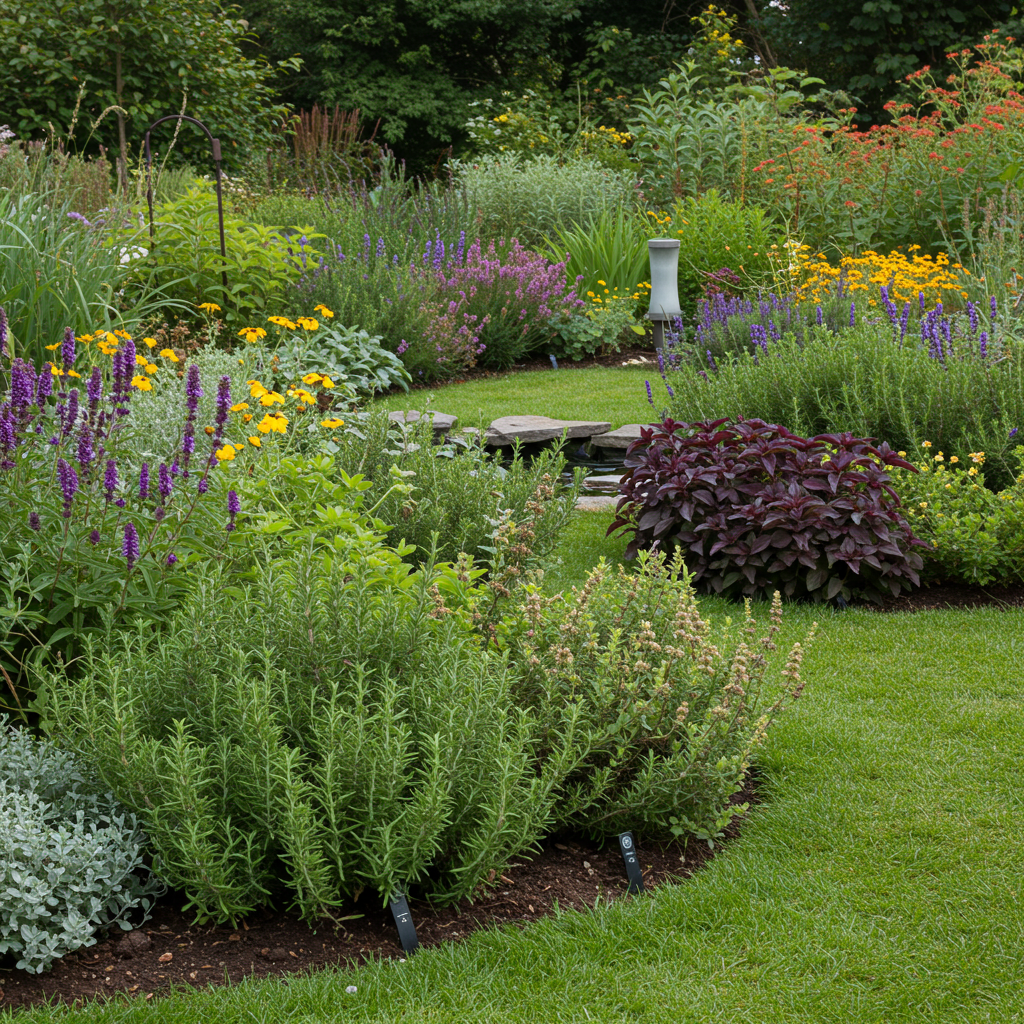
Believe it or not, your landscaping choices can make a big difference. Choose plants that naturally repel pests, get rid of standing water, and keep your lawn healthy. A little landscaping goes a long way.
Plant Power: Pest-Repelling Plants
Marigolds, lavender, rosemary… these aren’t just pretty; they keep bugs away! Plant them around your house for a natural barrier.
Ditch the Water: No Mosquito Pool Parties
Mosquitoes breed in standing water. Empty bird baths, flowerpots, and anything else that collects water. And make sure your gutters are clean and draining properly; clogged gutters are mosquito heaven.
Bug-Proofing FAQs

Best way to prevent cockroaches?
Cleanliness is key! Seal those entry points and cut off their food and water supply.
How often should I spray insect repellent?
Depends on the product and the bug situation. Read the label! Usually, it’s every few weeks, or whenever you start seeing bugs again.
Are natural methods as good as chemicals?
For minor problems and for prevention, absolutely. But if you’re dealing with a serious infestation, you might need to bring in the chemicals or call a pro.
Bug-proofing your home is an ongoing process, not a one-time event. Stay vigilant, and combine preventative measures with the right control methods. Your house (and your sanity) will thank you.
“`
